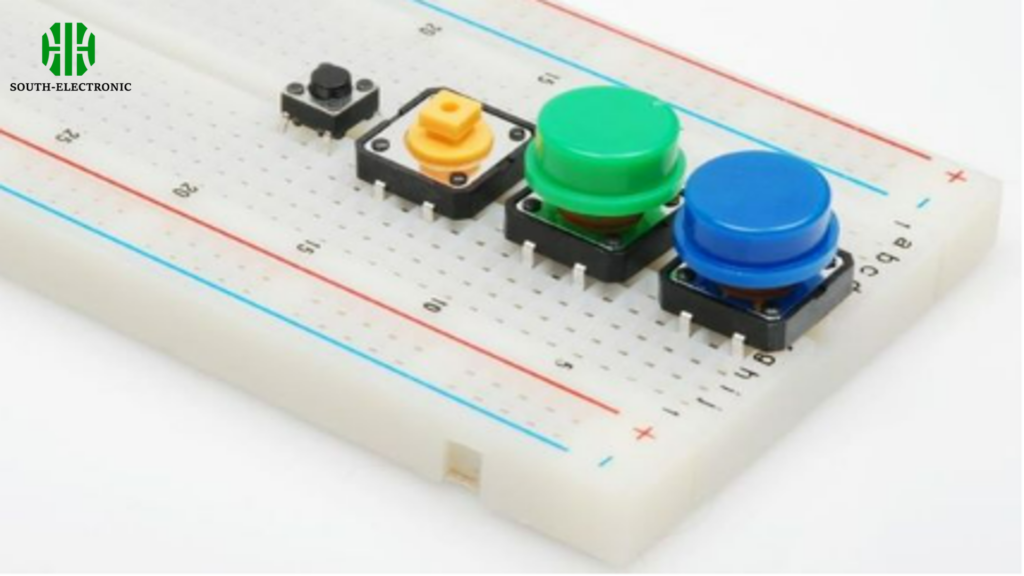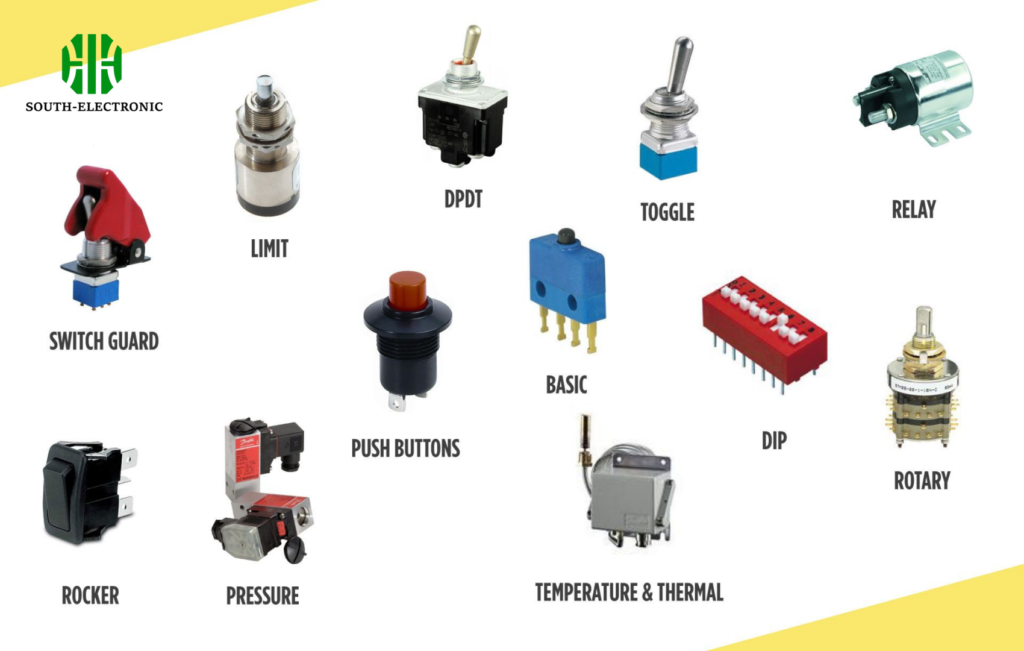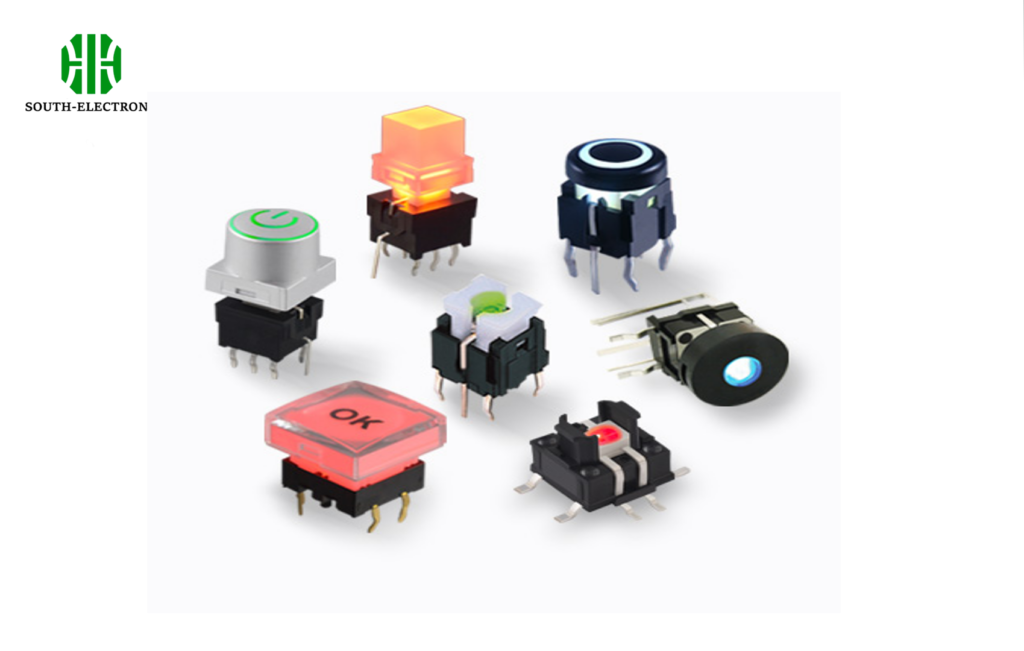Ever struggled to turn devices on/off quickly? Faulty switches ruin user experience. PCB switches fix this permanently.
A PCB switch controls electricity flow on printed circuit boards. It turns circuits on/off or changes modes. Common types include push-buttons, toggles, slides, and membrane switches. Each serves unique functions in electronics like keyboards or power controls.

Choosing the right electrical switch requires deeper knowledge. Let’s explore key types, design rules, and sourcing tips.
Which common PCB switch type is best for your design?
Picking a switch blindly risks device failure. Wasted time frustrates designers. Match switch types to your need now.
Push-button suits temporary actions (reset buttons). Toggle handles permanent states (power switches). Slide works for mode selection (audio devices). Membrane excels in dust-proof applications (medical equipment).

Critical factors for switch selection
Consider these aspects for your printed circuit board:
| Feature | Push-button | Toggle | Slide | Membrane |
|---|---|---|---|---|
| Operation | Momentary | Latching | Positional | Tactile |
| Durability | 50k-100k cycles | 10k-20k cycles | 5k-10k cycles | 1M+ cycles |
| Cost | Low | Medium | Medium | High |
| Best Use | Keyboards | Power panels | Audio controls | Industrial HMI |
Push-button switches respond instantly when pressed. They’re affordable for high-use devices. However, they wear faster in harsh environments. Toggle switches physically lock in position. Ideal for critical “on/off” decisions. Yet, they occupy more board space. Slide switches change settings via physical movement. Great for volume control but vulnerable to dust. Membrane switches seal completely against contaminants. Perfect for medical gear despite higher costs.
What are the essential design rules for integrating switches into PCBs?
Ignoring integration rules causes switch failure. Malfunctions anger users. Follow these practices for reliable switches.
Anchor switches with reinforced footprints. Ensure clearance from tall components. Use hole-plated pads for mechanical stress. Test actuation force compatibility early.

Design phase priorities
Follow these printed circuit board guidelines:
| Stage | Rule | Reason |
|---|---|---|
| Placement | 3mm clearance from taller parts | Prevents obstruction |
| Footprint | Anchor pins with solder pads | Reduces wobble |
| Materials | Use FR4 for support | Handles repeated force |
| Circuit Path | Short traces direct to switch legs | Avoids signal loss |
Placement matters for usability. Never put capacitors or connectors beside switches. Users accidentally hit them. Footprints need metal-plated holes. Without plating, switch pins loosen from vibration. FR4 substrate withstands daily presses better than cheap boards. Test early for tactile feel. An electrical switch needing heavy force frustrates users. Check spacing during assembly. My team once scrapped 200 boards due to misaligned button caps.
Where to source reliable PCB switches?(China)
Finding trustworthy suppliers prevents delays. Failed shipments stall production. Use verified Chinese factories.
Select suppliers with ISO certifications. Prioritize Shenzhen hubs like Huaqiangbei. Validate sample quality rigorously. Negotiate bulk discounts above 1k units.

Supplier evaluation checklist
Consider these points when sourcing:
| Criterion | Risk If Ignored | Verification Method |
|---|---|---|
| Certification | Faulty safety standards | Request ISO 9001 documents |
| Minimum Order | Stuck with excess inventory | Confirm flexibility first |
| Lead Time | Production bottlenecks | Track record checks |
| Testing | Compatibility failures | Order 50 samples upfront |
Certificates prove manufacturing consistency. Avoid suppliers skipping RoHS compliance. Shipping costs decrease near Shenzhen ports. I secured 30% savings by visiting factories personally. Sample testing is vital. Check button responsiveness before bulk orders. Negotiate return policies upfront. Hidden mold fees increase costs unexpectedly. For membrane switches, demand environmental test reports.
Conclusion
PCB switches enable critical circuit control. Match types to applications and follow integration rules. Source verified suppliers for risk-free production.



